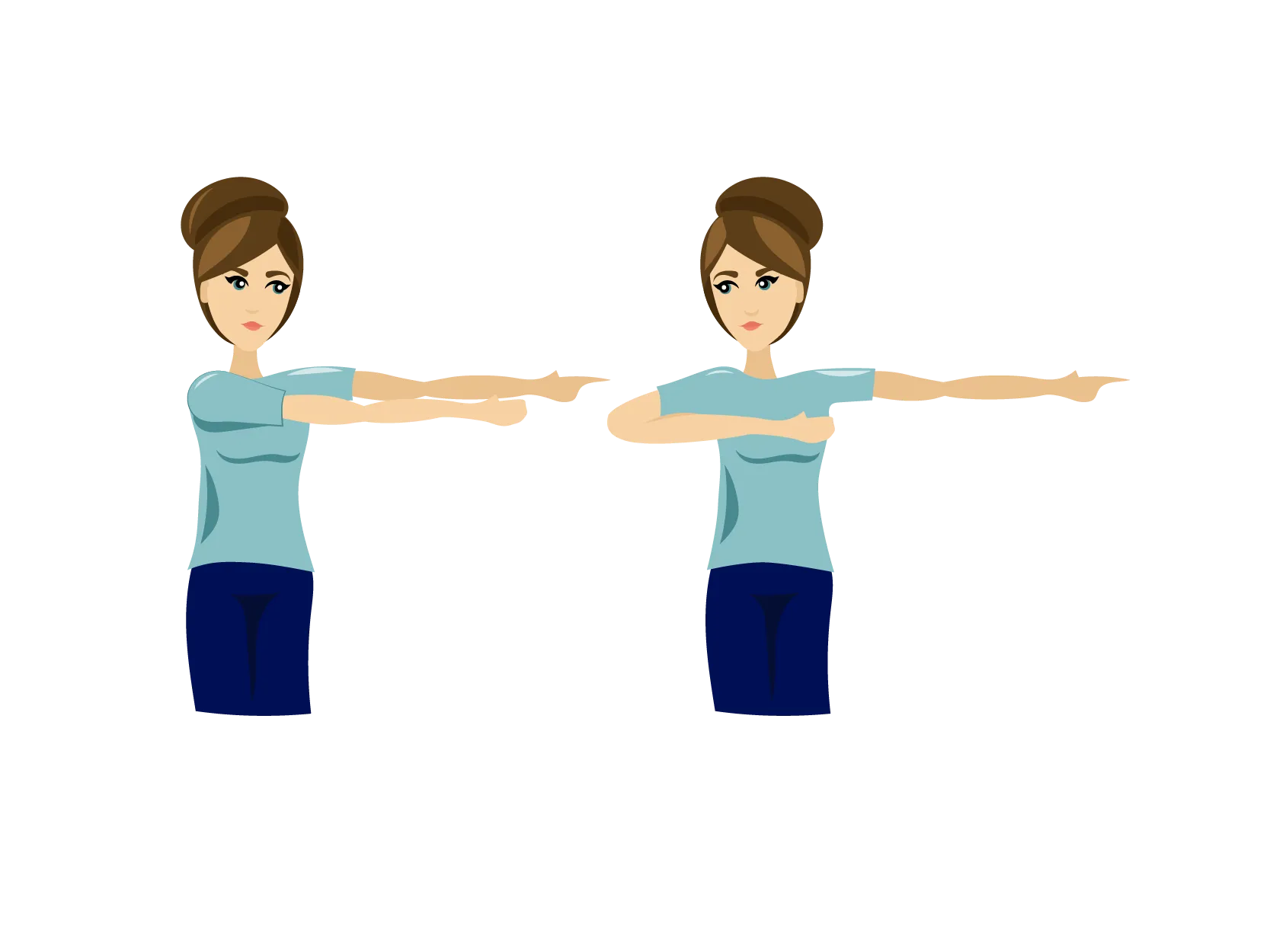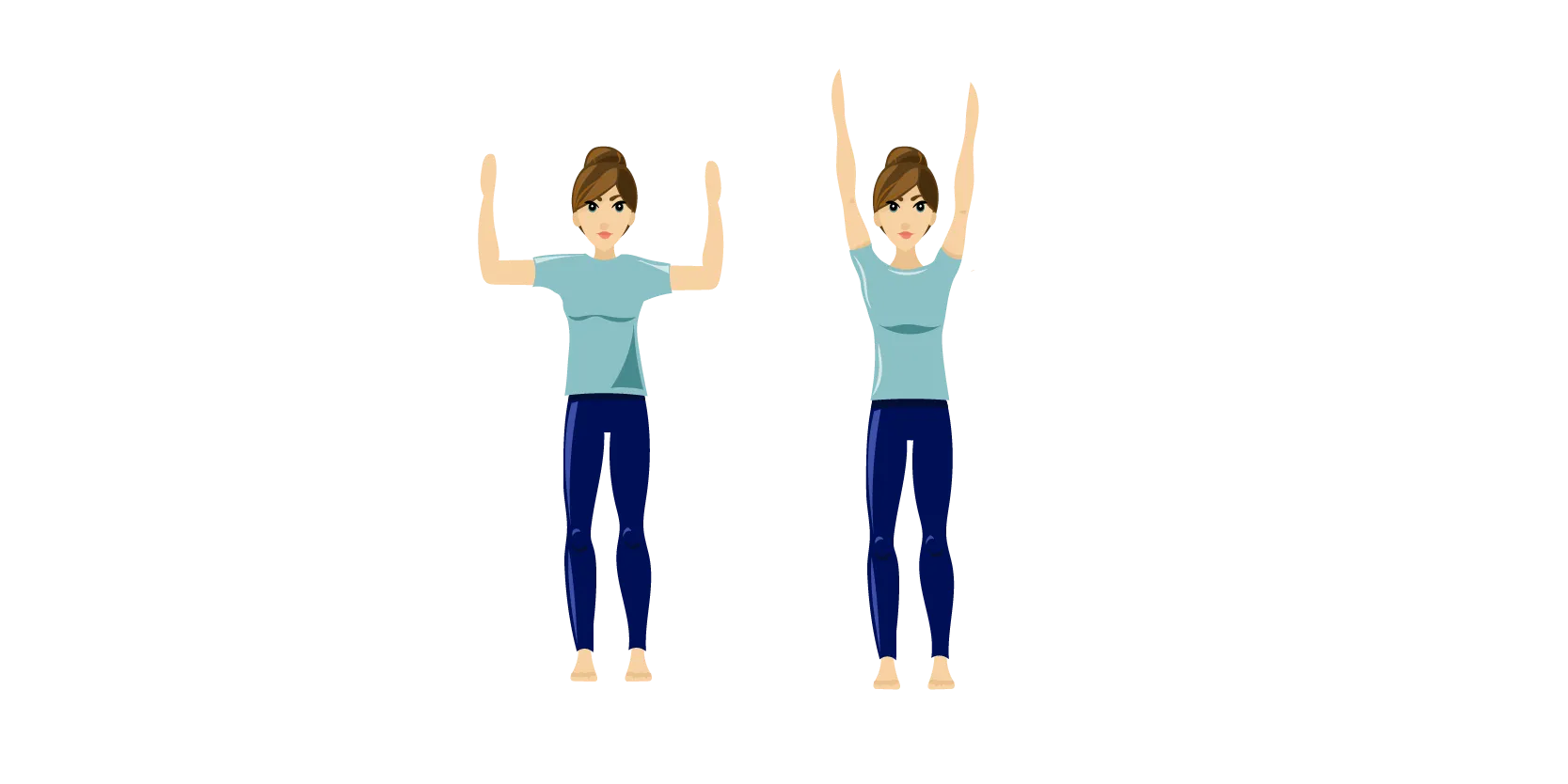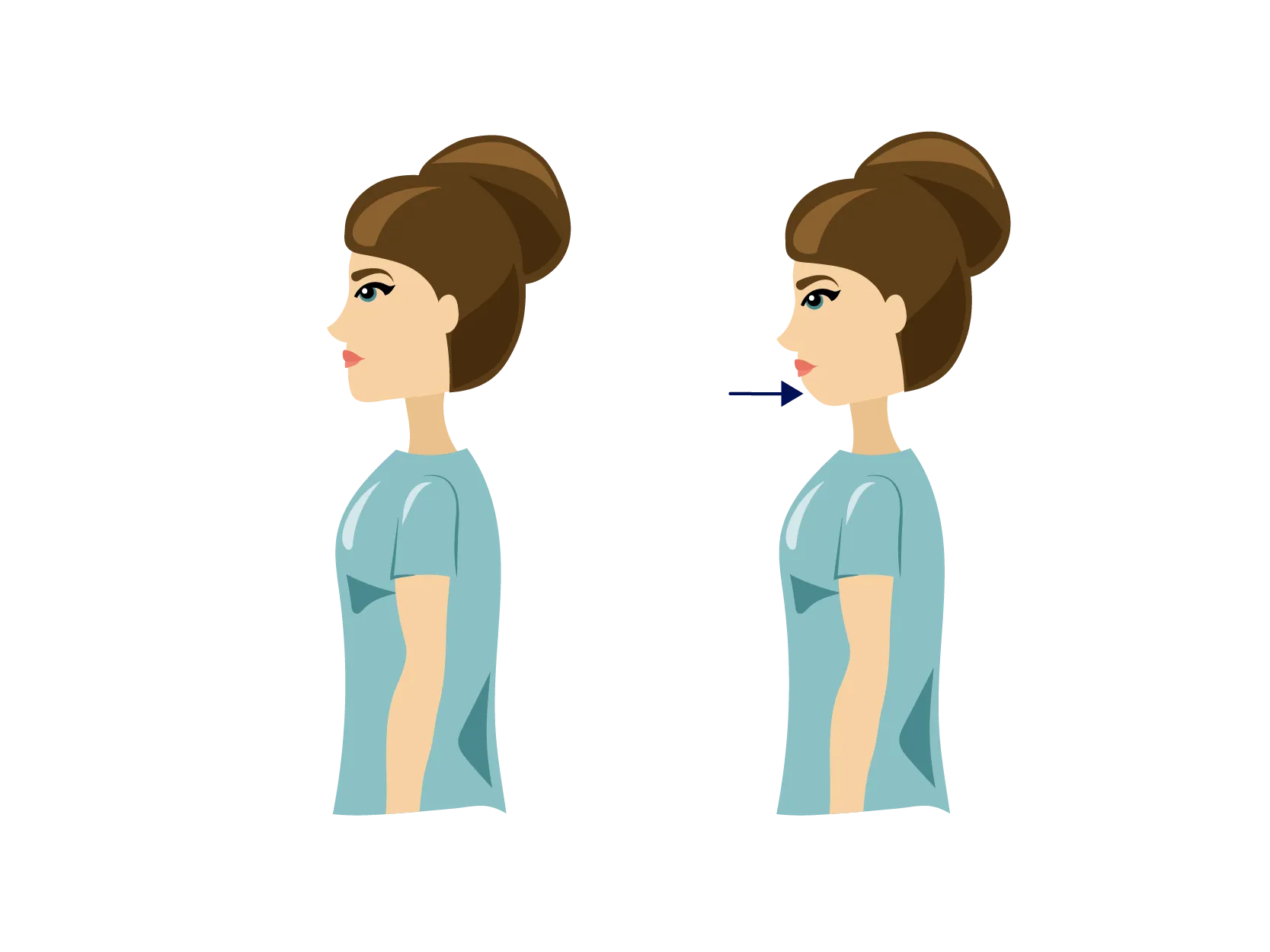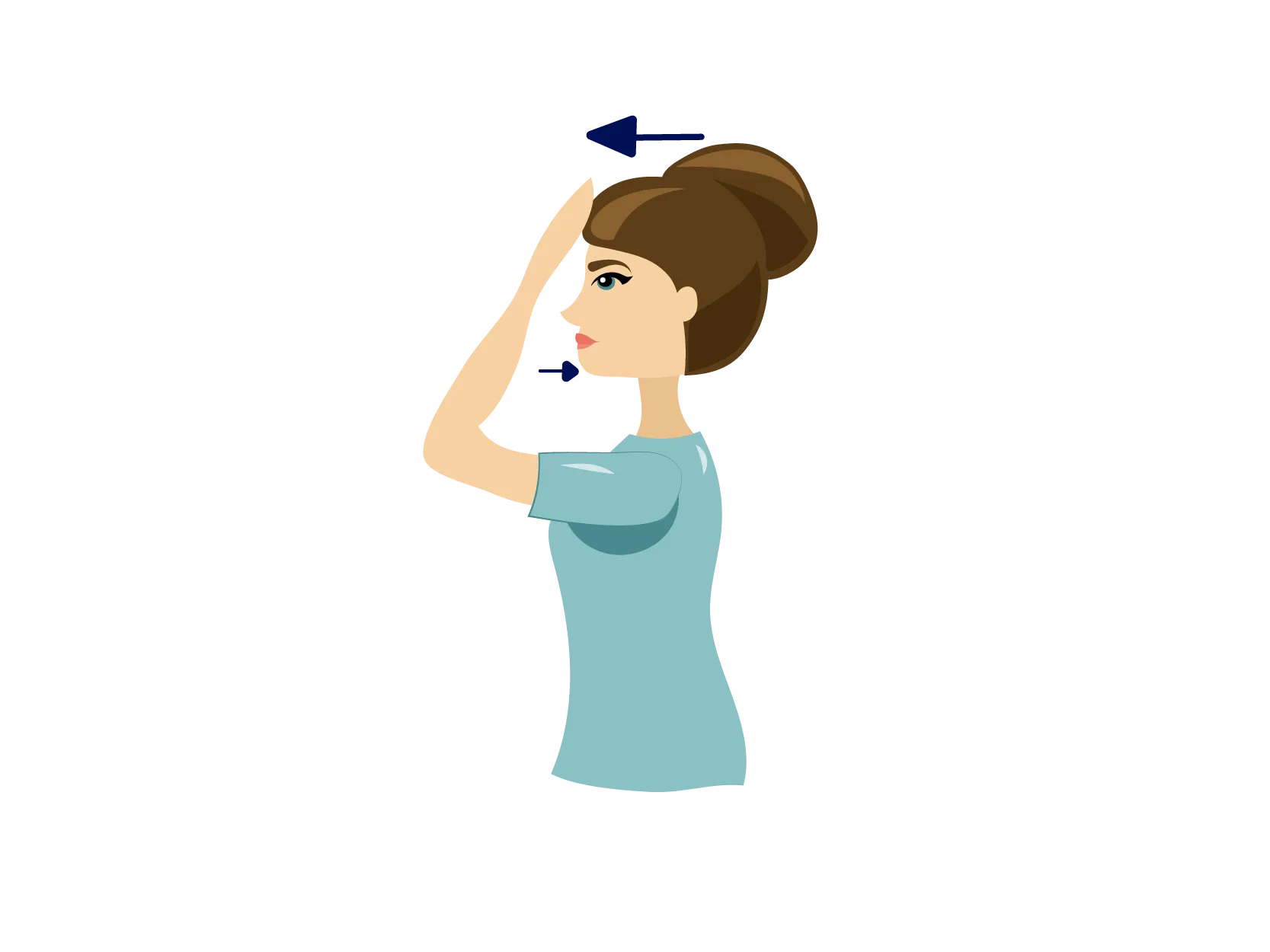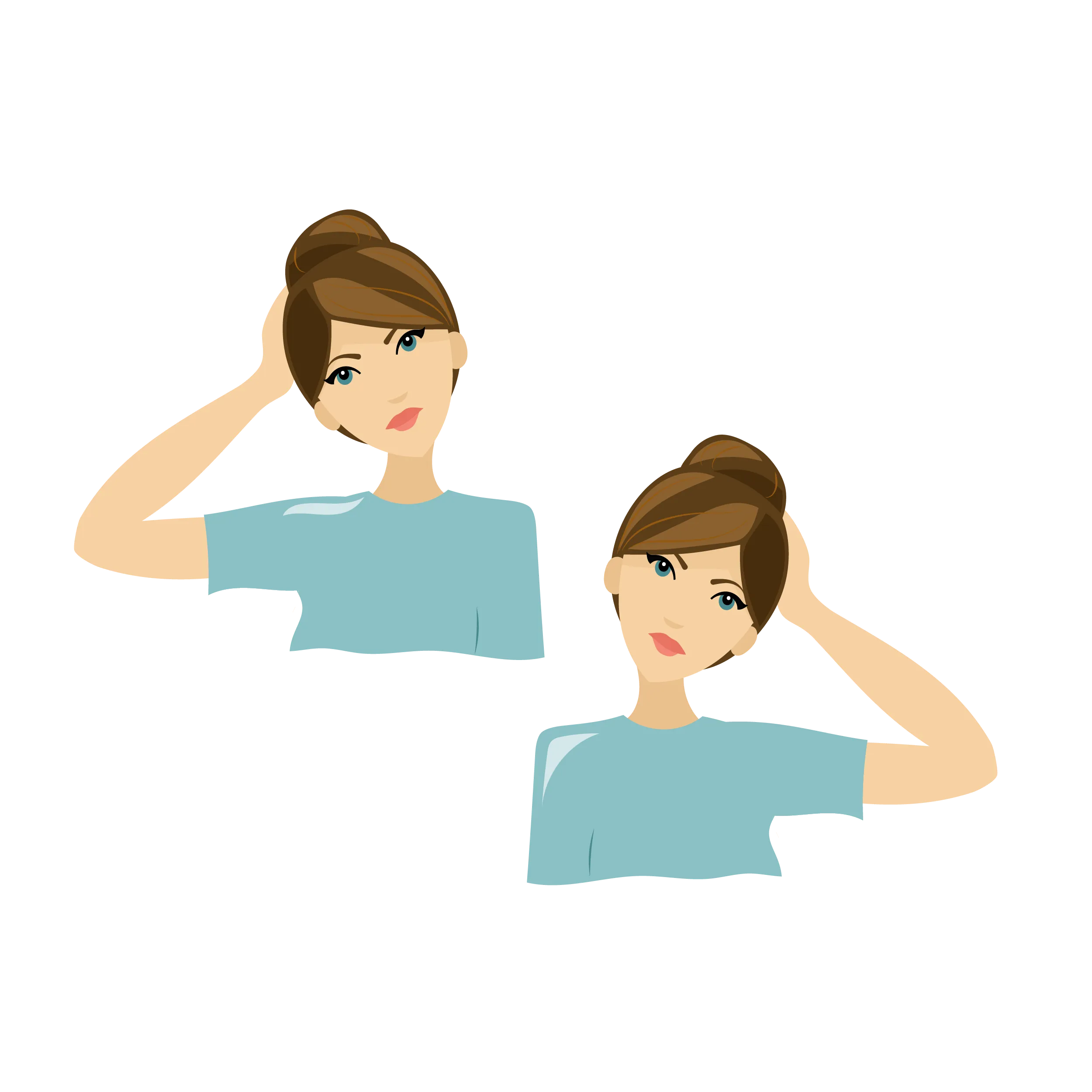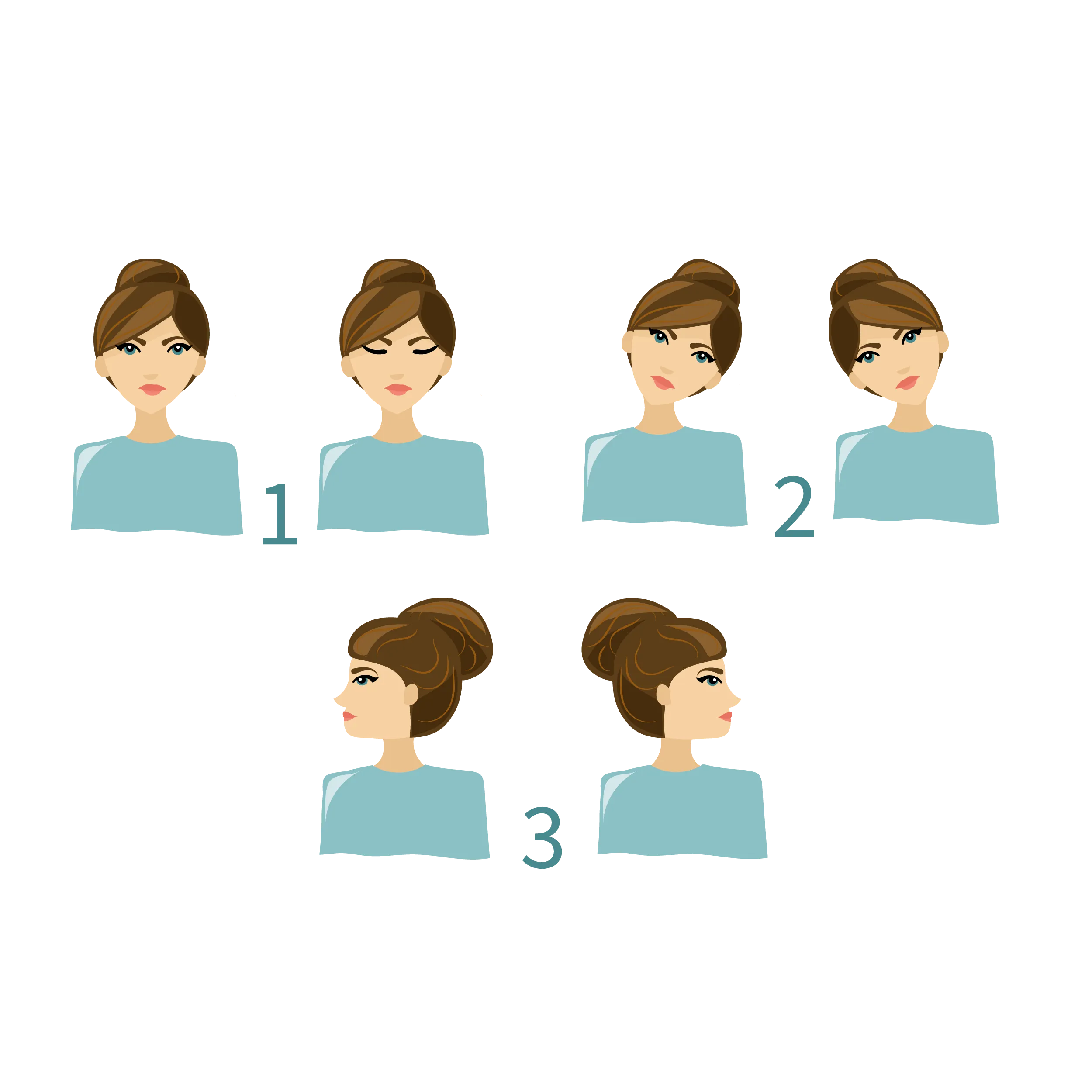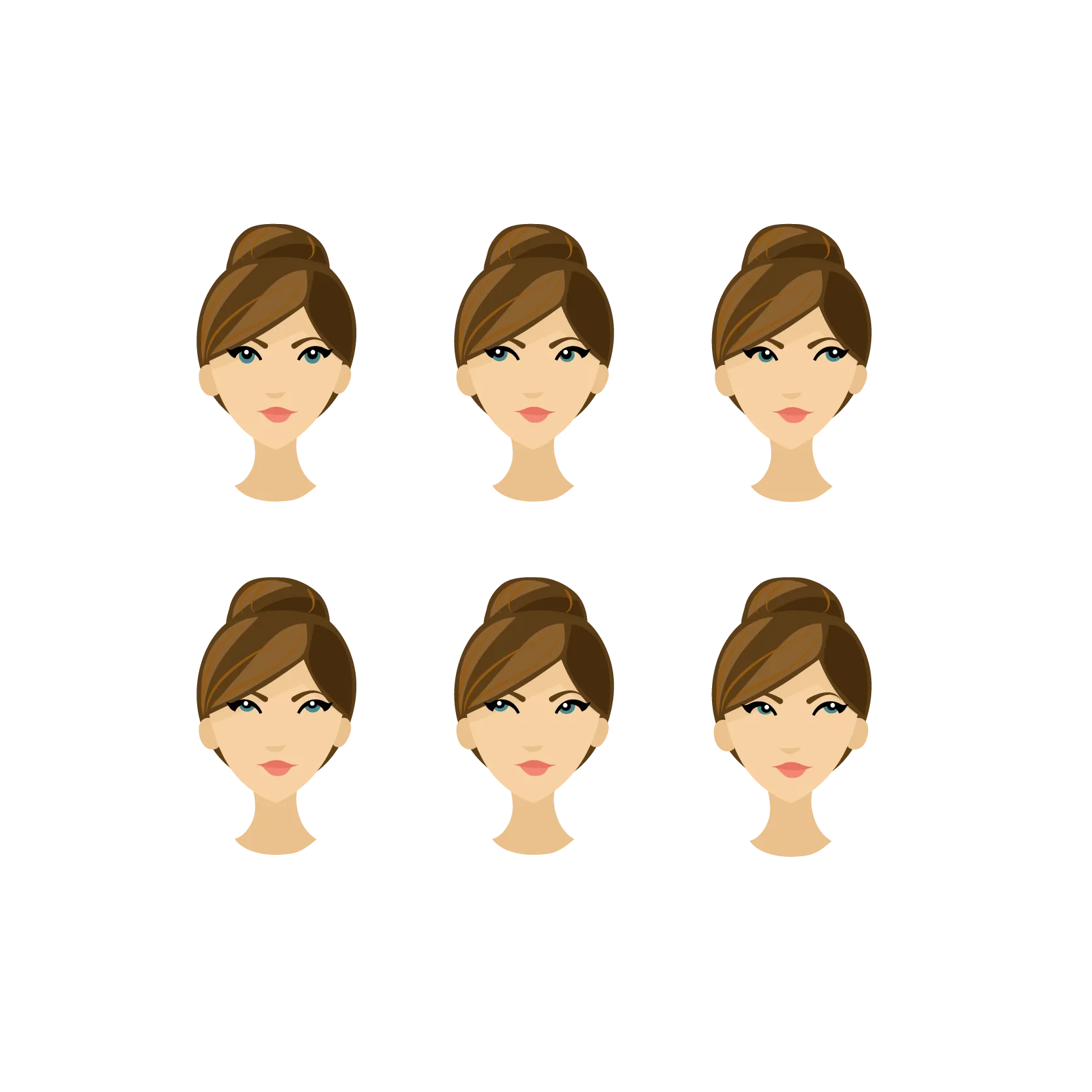Cause and symptoms
A concussion is an impact on the brain, caused by an episode of a blow or violent jerk or shaking of the head.
The symptoms can be different, and can vary depending on your activities during the day. They can present themselves as both physical and mental challenges.
Some of the typical symptoms are:

For most, the symptoms will subside completely or partially after two to three weeks without further treatment. However, some may find that it lasts for a longer time. If the symptoms persist for more than three to four weeks, you should talk to your doctor about the further course.
What can you do yourself
If you have had a concussion, it is important to find a good balance between activity and rest. This means that you must listen to your body while gradually challenging yourself. You can interrupt your activity if you experience a worsening of the symptoms and make sure to take several breaks during the day.
It is important that you slowly begin to return to your normal daily activities. You must also ensure that you maintain your level of activity and your physical form to avoid inactivity.
You can begin by resuming your normal activities at home as well as light exercise, such as walking. You can then gradually resume your work and other exercise/sport.
If you find that symptoms worsen during activity, they will usually subside after rest.
As you return to everyday life, you need support and understanding from those closest to you. It is therefore important that you involve and talk to your relatives and your workplace about your situation.



